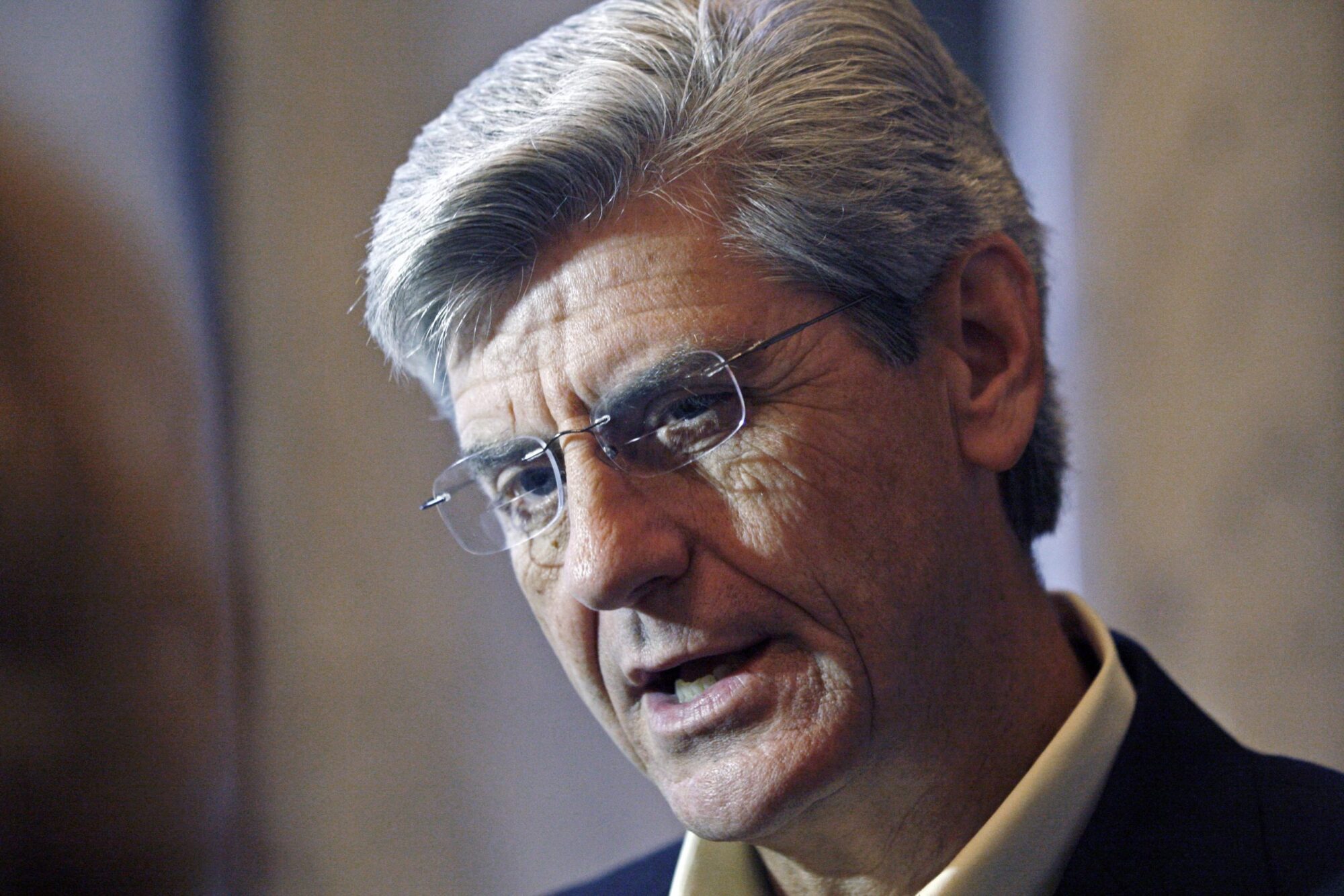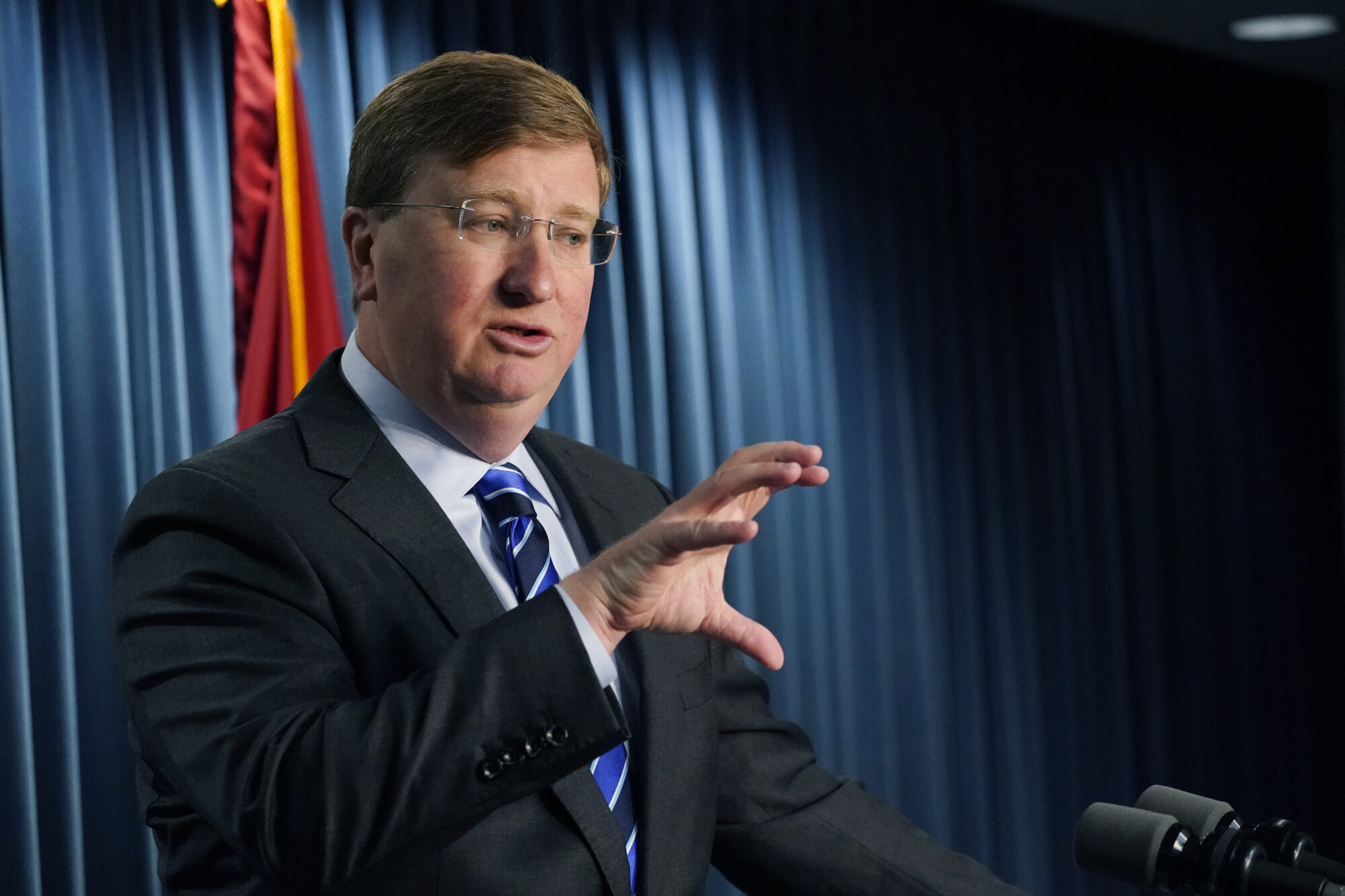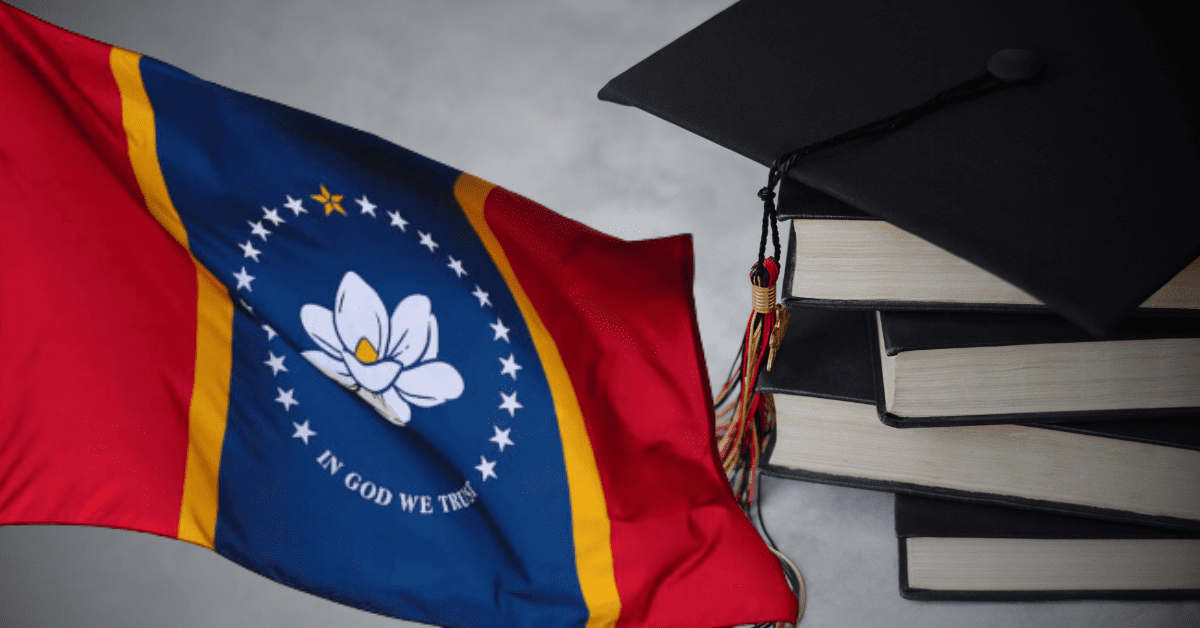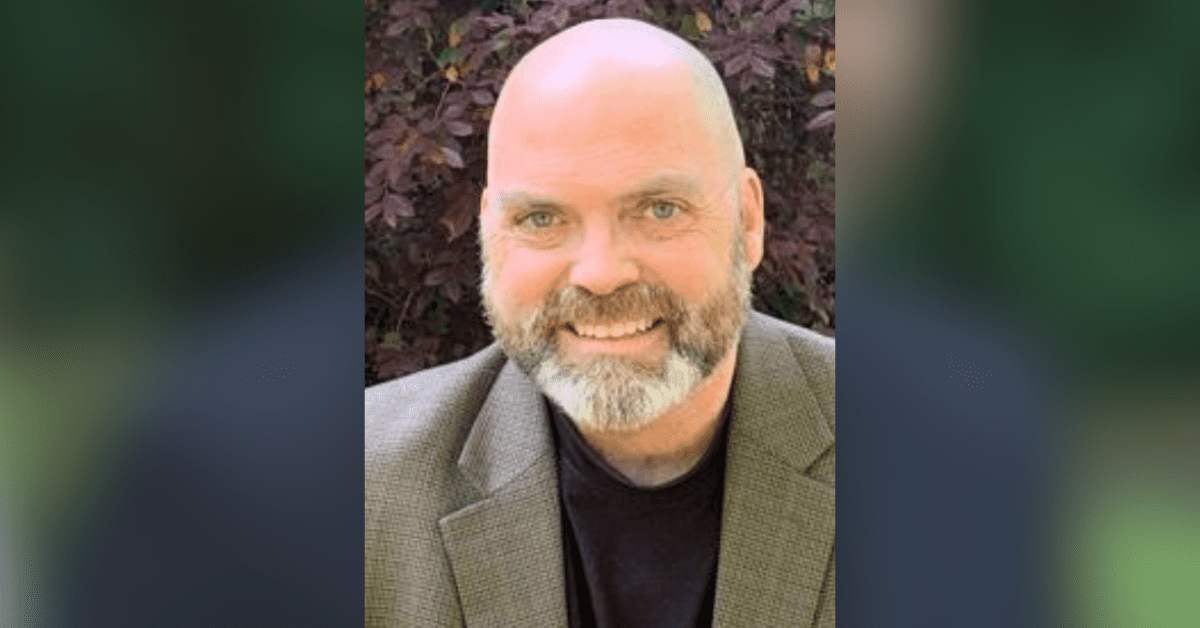
(AP Photo/Rogelio V. Solis - Copyright 2011 AP. All rights reserved.)
Submitted by Phil Bryant
“Incumbents and challengers alike will have to lead voters with the optimum balance of public health and economic recovery to win new terms in November.”
There are 36 gubernatorial seats on the ballot in 2022. Complacent governors that are unable to balance both the public health and economic considerations of fighting COVID-19 will face primaries, suffer politically, and risk costly reelection battles. For current governors, demonstrations of exemplary leadership are critical, and those who take the virus seriously and effectively respond to it will likely keep their seats. This means having the right policies in place as well as enhancing public-private partnerships to fill gaps in expertise and to secure the manpower needed to limit the effects of COVID-19.
As we enter the third year of the pandemic many states have moved away from knee jerk responses to the pandemic with excessive mandates, travel restrictions and forced economic lockdowns. Public health guidance, particularly from the federal government, has constantly shifted and none of these strategies have proven to be particularly effective. In fact, they’ve served to erode confidence in public health institutions from large portions of the electorate necessary to support an effective public health response. Instead, we are seeing alternative and more effective strategies take hold. Encouraging vaccinations by ensuring widespread availability, testing for students and workers, especially “Test to Stay” policies and contact tracing have been more effective at slowing infection rates and keeping schools open.
The other important element of successful management of this disease is to recognize when states, counties, and communities lack the expertise needed to succeed and for those state leaders to rapidly acquire the missing tools. Voters in 2022 won’t tolerate “going without” policies. Too much is at stake.
American industry has risen to the occasion to meet a dire threat. Today, the necessity of the moment has created a whole new industry in public health management that simply wasn’t anticipated. Governments can be slow to react to rapidly moving dynamics, and it’s critical to recognize the power of American industry that can step in to provide these critical services that governments cannot.
Public-private partnerships have always existed, and the need to enhance these arrangements has never been more pronounced. This goes far beyond providing pens and printer paper for the state house. This is about leveraging those relationships with dedicated medical experts trained to mitigate facilities against infectious disease. Many states are already doing this to great success.
Governor Tim Walz in Minnesota, unable to open and operate community pop-up COVID-19 testing sites throughout the state and especially in vulnerable population settings (like retirement and group homes, schools, other child settings, etc.), has hired an outside firm to bring and operate these sites where they are needed most. Private sector experts also process the test samples and report the results back to the Minnesota Department of Health. State agencies just don’t have the resources to do this level of work.
In Vermont, Governor Phil Scott has employed teams of contractors to assist the state with disease surveillance by conducting contact tracing. Here, trained professionals contact confirmed COVID-19 cases and their close contacts to map where outbreaks have occurred and to get ahead of them through testing and quarantine protocols. This resource-intensive work of interviewing each new positive case, symptom monitoring, data entry and quality assurance are all outsourced from Montpelier. These firms also work with management at businesses and outpatient health care facilities, and additionally provide public health recommendations and operational guidance. No state in the country has the capacity to do this level of detailed and essential work.
Here in Mississippi, a state that had one of the first Omicron patients in the country, my successor Governor Reeves has also continued efforts to keep the state’s economy alive and thriving. Without the best possible economic conditions, states are impotent to do the work they need to accomplish. Not to mention that they will be easy targets of frustrated voters who’ll suffer the economic distress that accompanies unemployment and lack of opportunity, hallmarks of wrecked economies.
States can contract for state-level services, but much smaller entities like K-12 school districts can take advantage of unspent federal relief money for these purposes. San Bernardino City Unified School District, the sixth largest in California, has private liaisons stationed at all of their schools who are trained in all aspects of COVID-19 mitigation. They relieve schools from the strenuous task of using educators, who should otherwise be focused on teaching students. Going forward, I predict disease management liaisons who are dedicated to protecting K-12 facilities from infectious disease will be a common fixture in school districts around the country.
For those who want to remain in executive-level leadership in their state, it’s clear that those who take COVID-19 seriously and act effectively will keep their seats. For incoming hopefuls, the job qualifications for governor require strong crisis management skills, whether they arise from politics, weather events or infectious disease, and any dreams of passively governing a tranquil state no longer seem realistic. Incumbents and challengers alike will have to lead voters with the optimum balance of public health and economic recovery to win new terms in November.
###
Phil Bryant was governor of Mississippi from 2012 to 2020 and a founding partner at Bryant Songy Snell, a business development and consulting firm.








